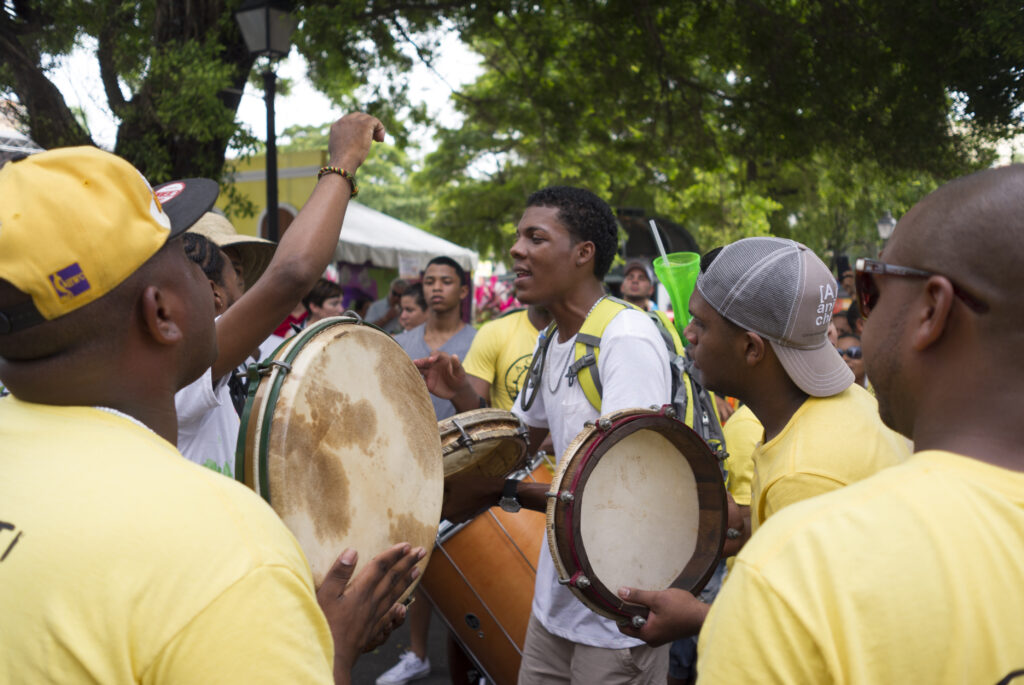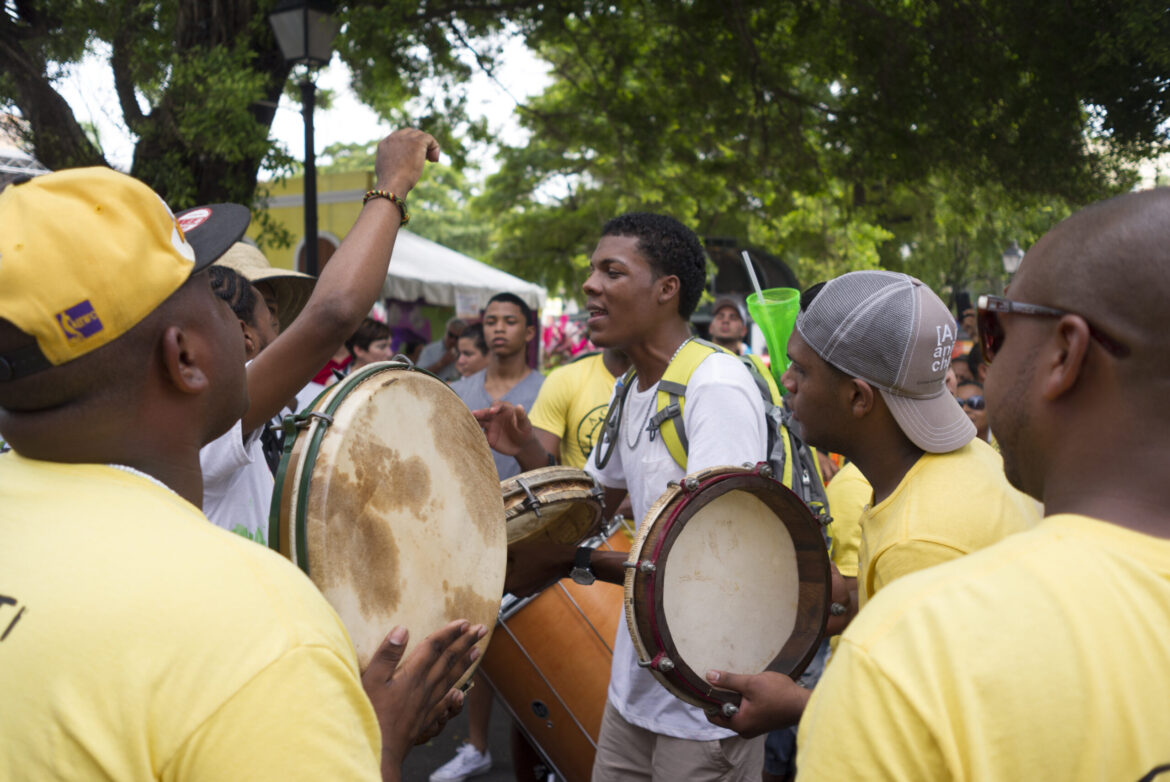According to a study from the Catalan Universitat Pompeu Fabra (UPF), Chinese students are turning to social media videos of reggaeton stars such as Bad Bunny and J Balvin to learn Spanish, with some translation accounts hitting 2 million views. Bad Bunny is planning to deliver his half-time set at the Super Bowl exclusively in Spanish and has jokingly challenged American viewers to learn Spanish by the February game.


Over the last five years at UPF, there has been a 37% increase in students of Chinese origin studying Translation and Language Sciences. In addition, a recent study by UPF examines an emerging informal practice among Chinese learners of Spanish: the translation of Hispanic songs, many of them reggaeton, into Chinese through the country’s main music streaming platform, NECM (NetEase Cloud Music), which allows its users to cooperate. Non-professional translators and fans of Spanish and Latin music, of Chinese origin, take advantage of this opportunity to share and comment on their translations on the platform.
This topic is the subject of a scientific article published in the journal Language and Intercultural Communication. It is the result of research by Li Yuan-Cloris, a researcher at the Department of
Translation and Language Sciences (TiCL), led by Daniel Cassany, coordinator of the research group on Language Learning and Teaching (GR@EL). Yuan-Cloris is one of 81 students of Chinese origin studying Translation and Language Sciences at UPF. Like her, most are doing doctoral (51) or master’s degree (20) studies. The Department’s master’s degree with the highest concentration of students of Chinese origin is Translation between Global Languages:
Chinese-Spanish.
As well as the students who have the opportunity to study in Spain, many more would like to do so from their country of origin. However, in China, there is a lack of formal educational resources to learn Spanish, compared to English, so more and more Chinese are turning to informal digital tools to learn Spanish in a recreational way through virtual communities of people with shared interests, such as music.
The research by UPF focuses on this emerging, scarcely studied practice, analyzing the case of two non-professional translators on NECM, who have been interviewed in depth. One of them, “Benito,” has 1,300 followers on the platform and his translations have been viewed more than 2 million times; and the other is “Lia,” with about 800 subscribers. Specifically, 60 of their
translations (30 by each) of the following musical genres have been examined: reggaeton (38 songs), ballads (11), pop (6), and trap (5).
The results of the study reveal that the translators use various intercultural mediation strategies in their translations to make it easier for the Chinese public to understand the meaning of songs
in Spanish. It should be noted that the translated songs contain a total of 183 items with cultural specificities (CSI), referring to concepts of Hispanic culture that have no Chinese equivalent.
“The translators themselves also accompany the texts of their translations with paratexts, annotations or comments, to explain the Hispanic cultural elements to the Chinese audience and thus promote the intercultural understanding by the Chinese community of Spanish culture”, researcher Li Yuan-Cloris explains.
According to the study, this intercultural mediation exercise has significant potential to promote cultural and linguistic diversity. In view of the many benefits of non-professional translation, the study concludes that language teaching professionals should foster students’ autonomy and encourage them to get involved in these activities.
The study is available at: www.tandfonline.com/doi/full/10.1080/14708477.2025.2470300



